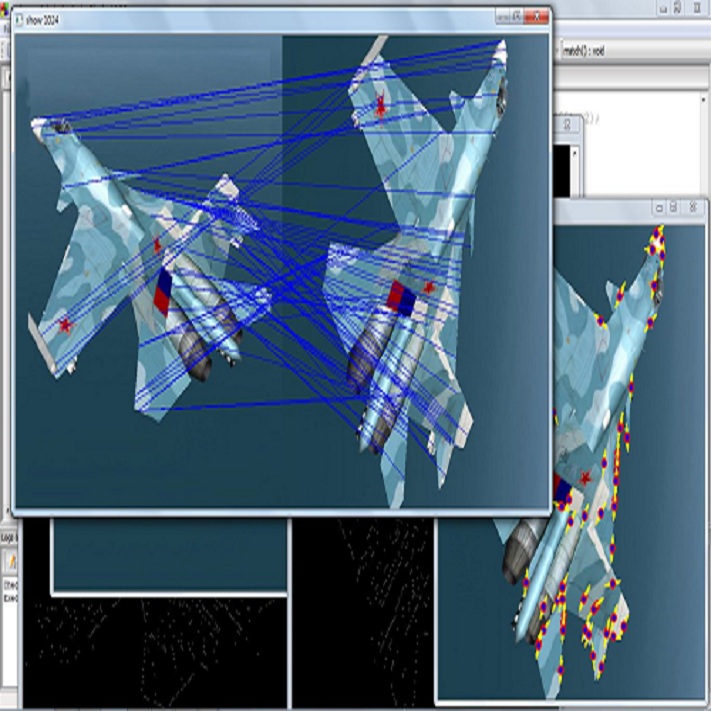To date few studies have comprehensively compared medical image registration approaches on a wide-range of complementary clinically relevant tasks. This limits the adoption of advances in research into practice and prevents fair benchmarks across competing approaches. Many newer learning-based methods have been explored within the last five years, but the question which optimisation, architectural or metric strategy is ideally suited remains open. Learn2Reg covers a wide range of anatomies: brain, abdomen and thorax, modalities: ultrasound, CT, MRI, populations: intra- and inter-patient and levels of supervision. We established a lower entry barrier for training and validation of 3D registration, which helped us compile results of over 65 individual method submissions from more than 20 unique teams. Our complementary set of metrics, including robustness, accuracy, plausibility and speed enables unique insight into the current-state-of-the-art of medical image registration. Further analyses into transferability, bias and importance of supervision question the superiority of primarily deep learning based approaches and open exiting new research directions into hybrid methods that leverage GPU-accelerated conventional optimisation.
翻译:迄今为止,只有少数研究全面比较了广泛、相辅相成的临床相关任务的医疗图像登记方法,这限制了对实践的研究进展的采用,也妨碍了对各种相互竞争的方法的公平基准。许多较新的学习方法在过去五年中得到了探讨,但最优化、建筑或计量战略最合适的问题仍然有待解决。 " 学习2Reg " 涉及一系列广泛的解剖:大脑、腹部和胸腔、模式:超声波、CT、MRI、人口:住院和住院间及监管级别。我们为培训和验证3D登记设置了一个较低的进入屏障,这有助于我们汇编来自20多个独特团队的65份以上个人方法提交材料的结果。我们的补充成套衡量标准,包括稳健性、准确性、可观性和速度,使人们能够对医学图像登记目前的状况有独特的洞察力。进一步分析监督问题的可转移性、偏差和重要性:主要以深层次学习为基础的方法的优越性,并对混合方法开放新的研究方向,从而利用GPU-加速常规选择。





